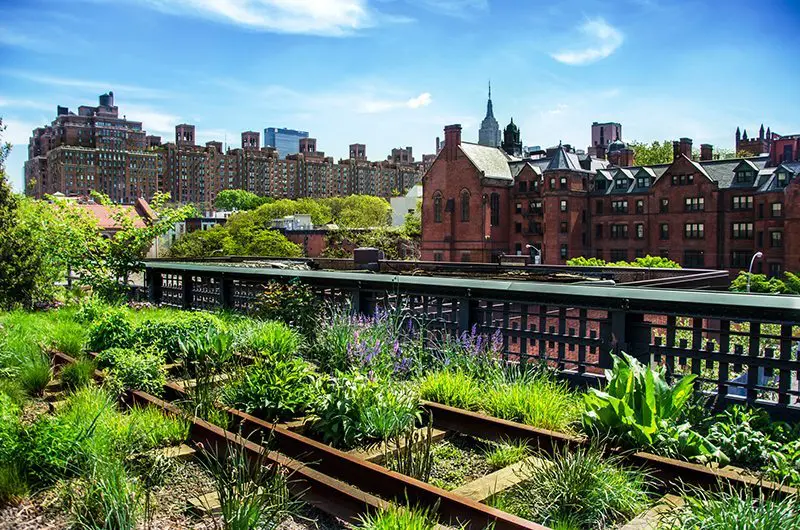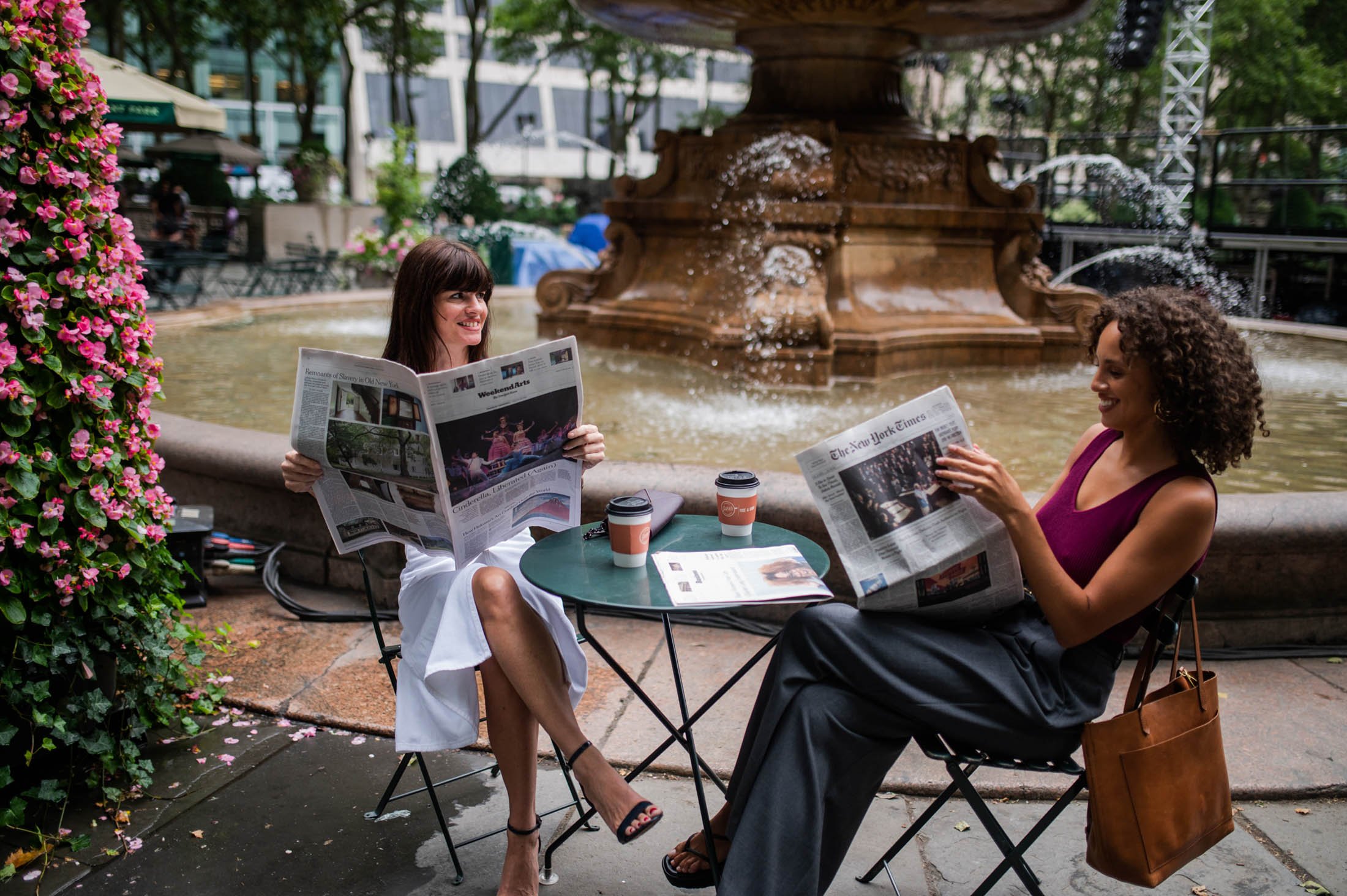The Knickerbocker is a stunning 1906 Beaux Arts landmark in a legacy location. Perfectly placed at the corner of West 42nd and Broadway in the heart of New York City, Times Square, where we’re tucked between the bright lights of Broadway and the tranquility of Bryant Park, and the excitement of the city is at your feet. Art and architecture, culture and entertainment, sights and sounds and flavors. We love our location. But we also love what’s waiting for you beyond it.
Explore
The cultural crossroads of the world. And The Knick is in the heart of it all. With so much to see, do, taste, and explore in this vibrant city.
The Knickerbocker
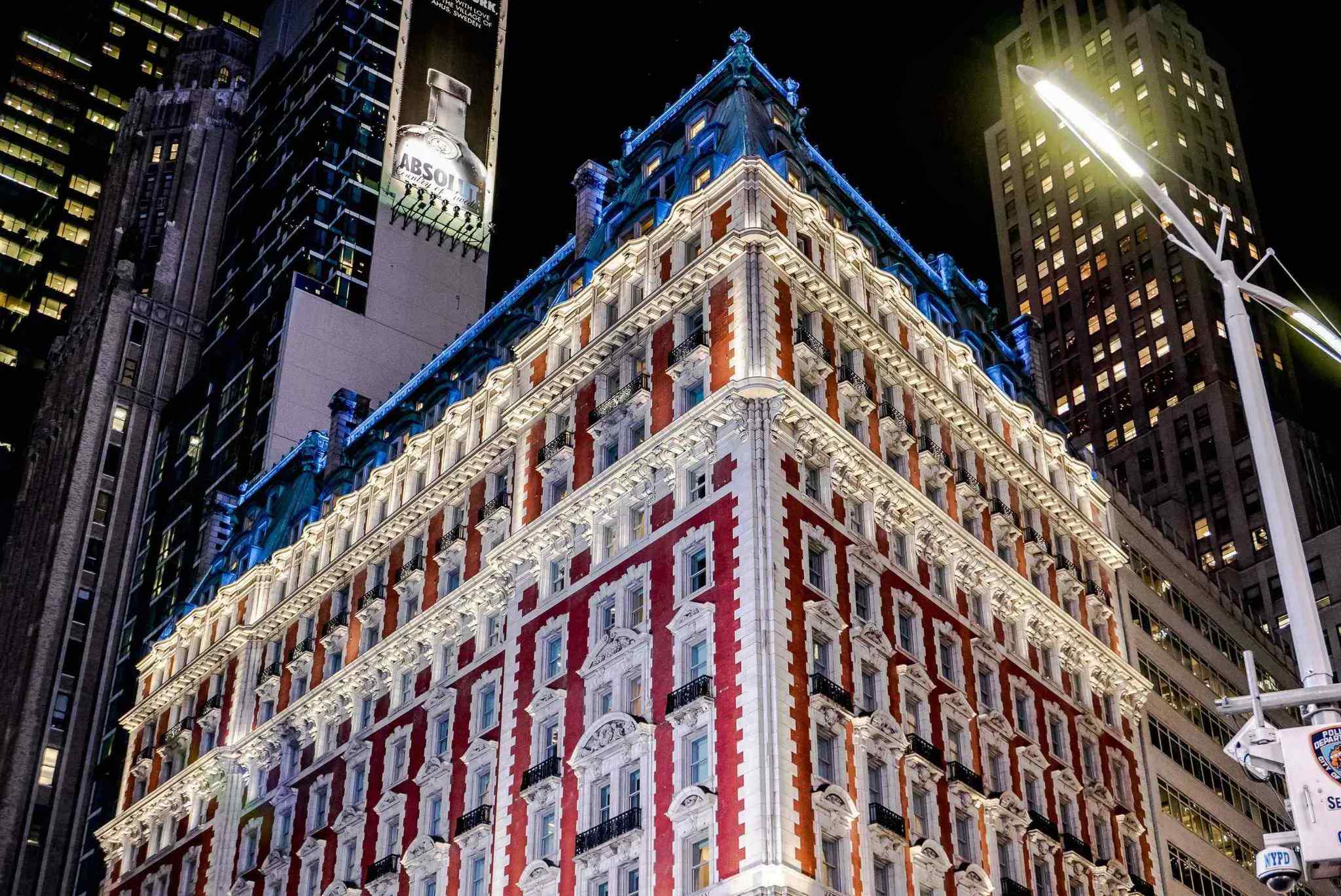
Broadway
New York City’s Theater District has been home to the city’s top theaters. A NYC Must-see.
Distance from Hotel: 0.3 miles, 6 min walk
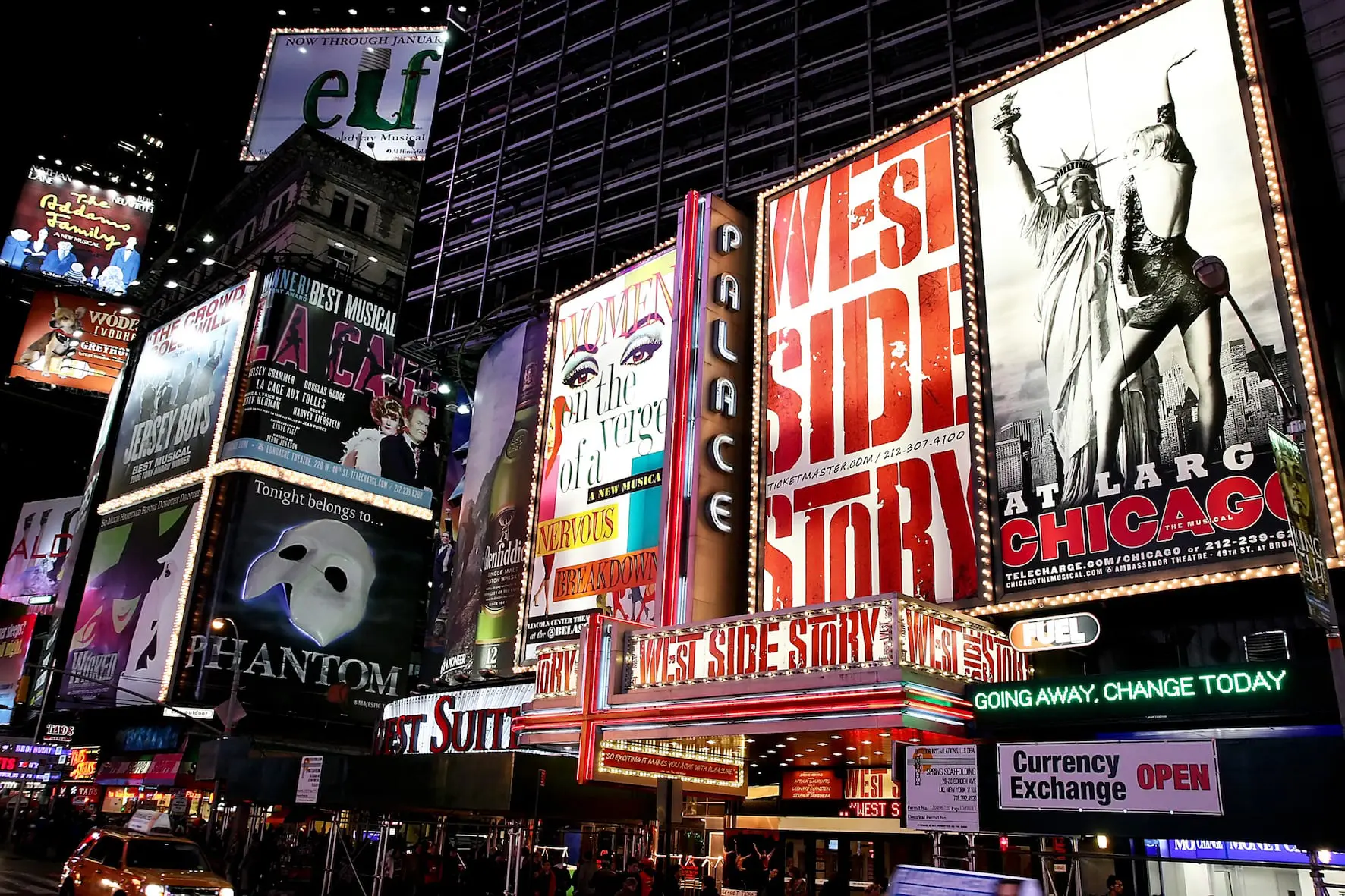
Bryant Park
The charming and beloved grassy oasis in the heart of midtown is anchored by the stately New York Public Library on Fifth Avenue.
Distance from Hotel: 0.1 miles, 3 min walk
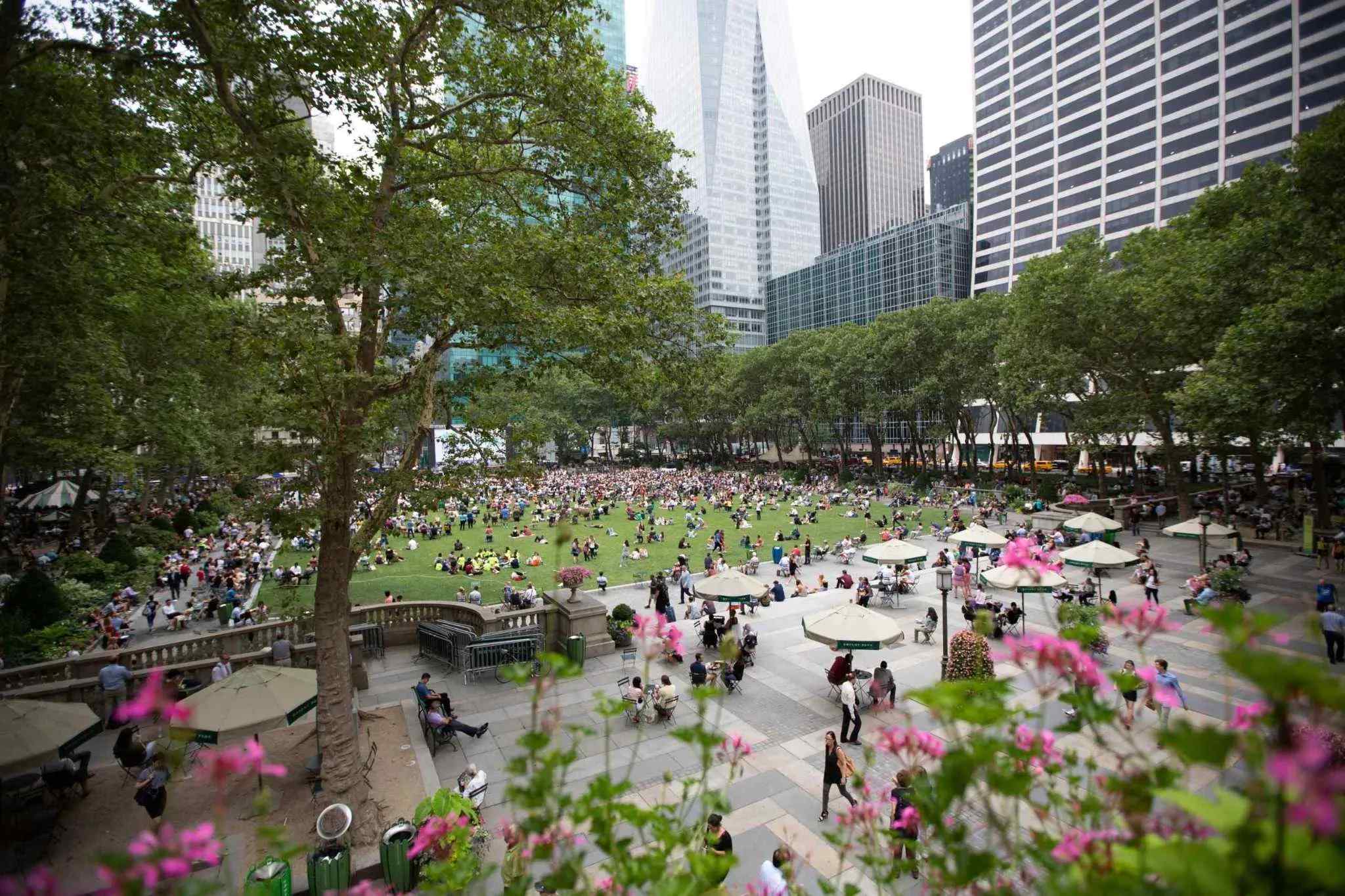
Times Square
The collection of glittering, super-sized lights and towering digital billboards at the Crossroads of the World is the quintessential New York City experience with many things to see and do.
Distance from Hotel: 0.1 miles, 2 min walk
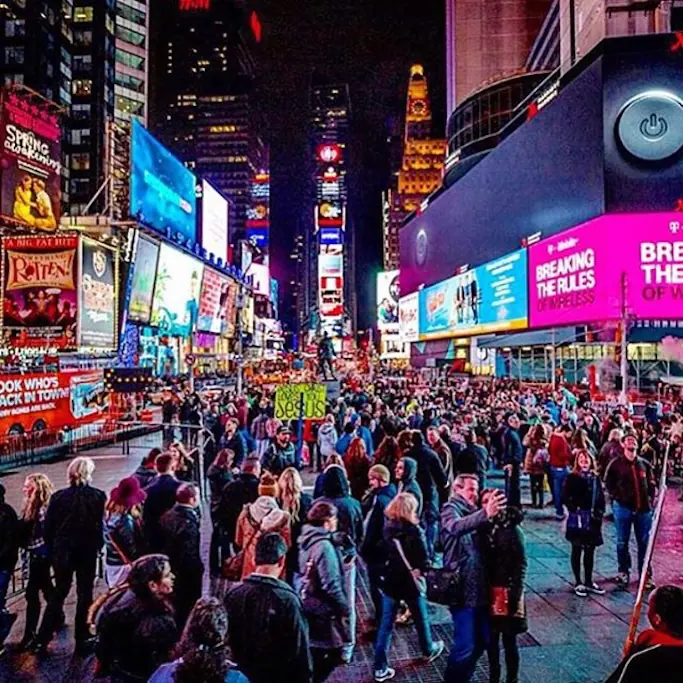
Rockefeller Center
The iconic collection of skyscrapers, possibly most famous for its Christmas tree and ice skating rink, has year-round attractions.
Distance from Hotel: 0.6 miles, 14 min walk
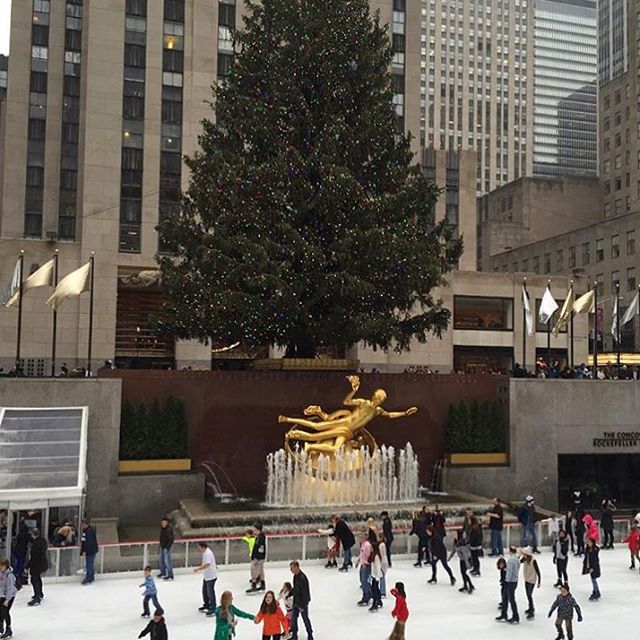
Chelsea Piers
The historic piers are the city’s premier sports complex.
Distance from Hotel: 2.0 miles, 40 min walk
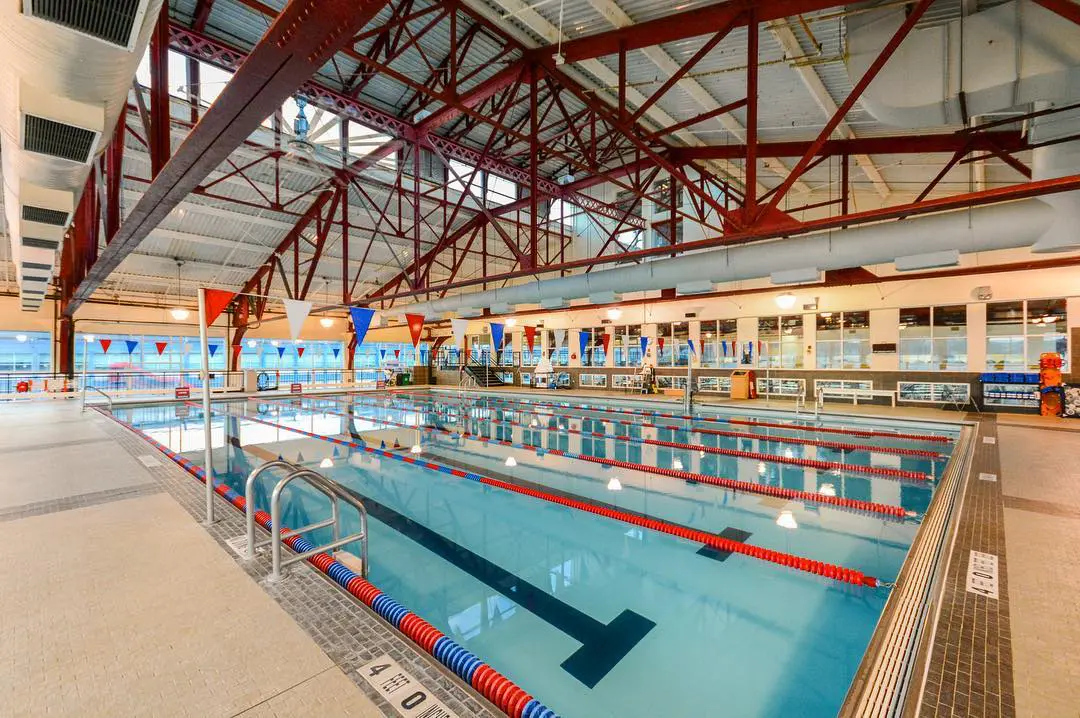
Chelsea Market
What was once the location of Nabisco’s New York factory is now a one-block-long and one-block-wide market and mecca for foodies.
Distance from Hotel: 1.8 miles, 38 min walk
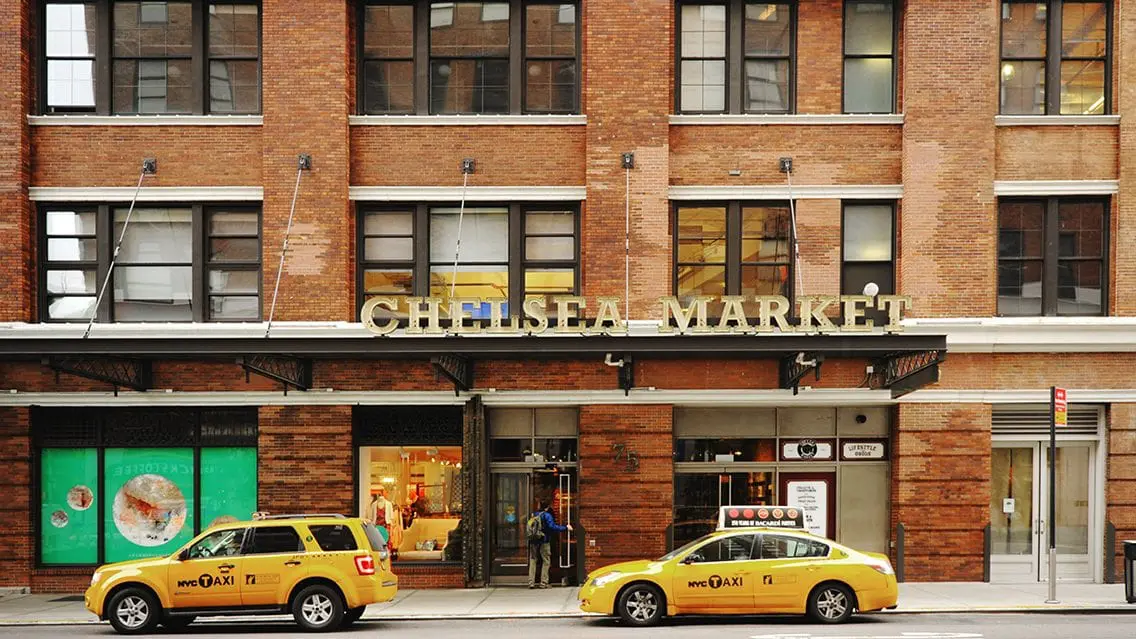
Chelsea Art Galleries
The epicenter of contemporary art in New York, some 350 art galleries.
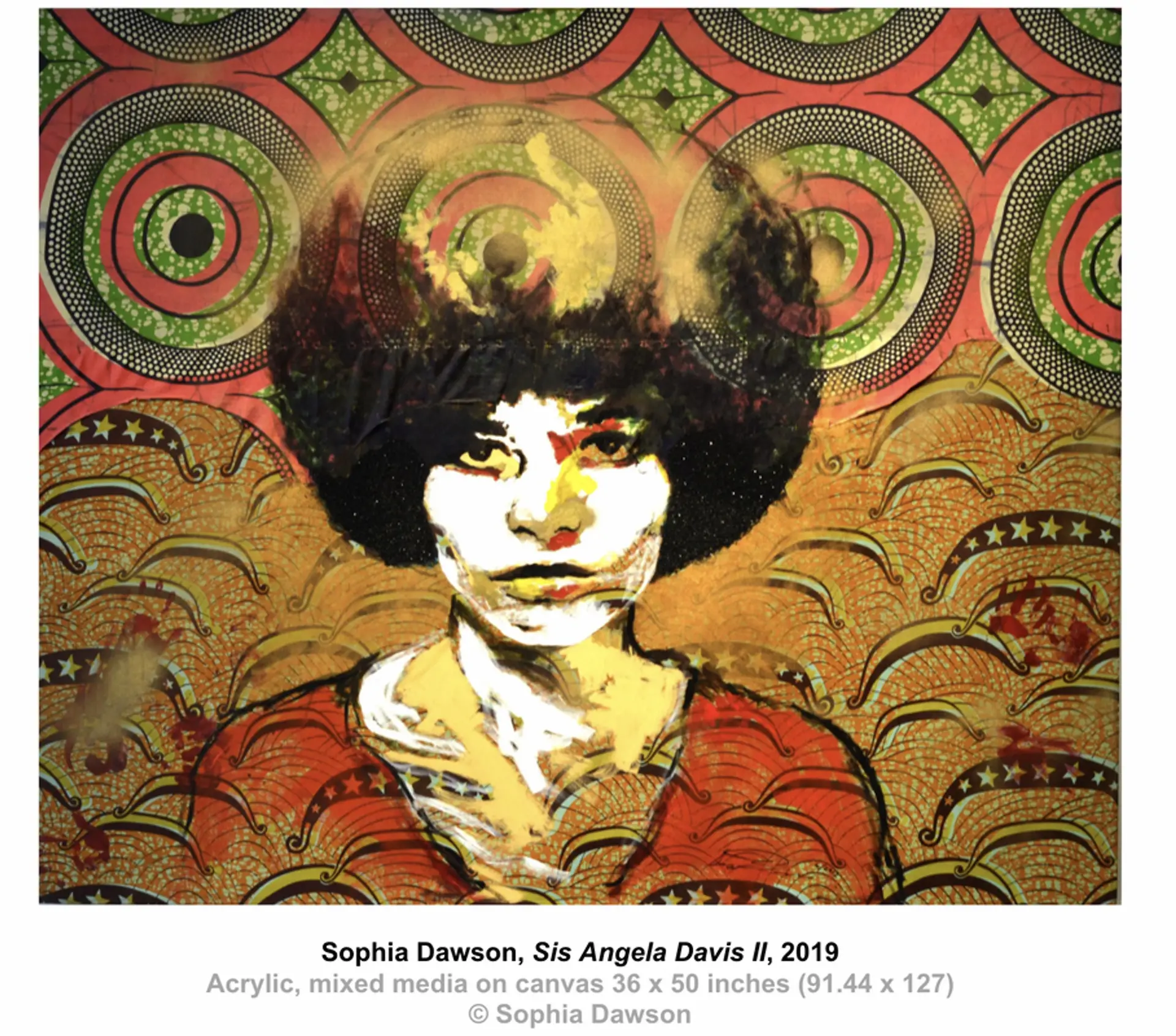
Fifth Avenue
Iconic street and shopping district where Caroline Astor—mother of Knickerbocker Hotel founder John Jacob Astor IV—hosted lavish parties in the 1860s.
Distance from Hotel: 1.1 miles, 22 min walk
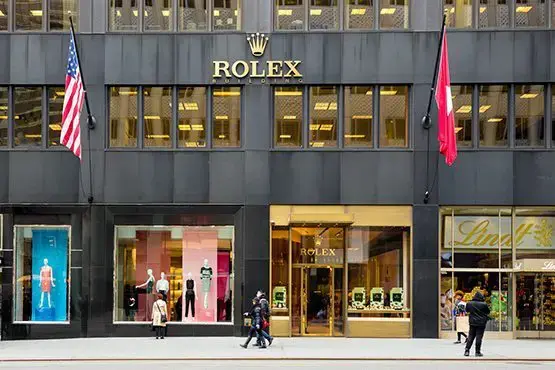
Columbus Circle
Retail, dining and cultural hubs forming the southwest corner of Central Park.
Distance from Hotel: 1.1 miles, 22 min walk
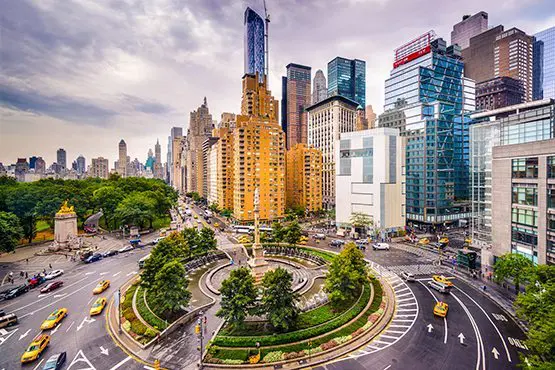
Carnegie Hall
A beacon of musical arts and culture and one of the world’s premiere stages for more than 125 years.
Distance from Hotel: 1.2 miles, 18 min walk
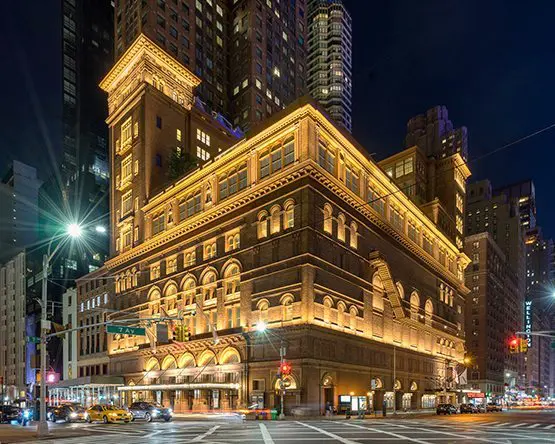
Whitney Museum of American Art
The museum showcases living American artists in a striking glass-enclosed structure.
Distance from Hotel: 2.4 miles, 43 min walk
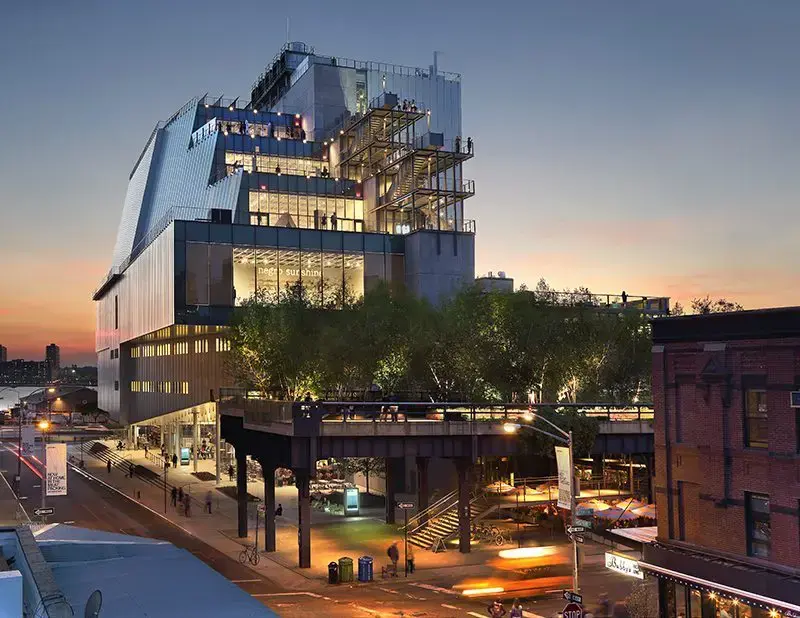
Rubin Museum of Art
Celebrating artwork from the Himalayas, including the Tibetan Plateau and surrounding regions.
Distance from Hotel: 1.6 miles, 28 min walk
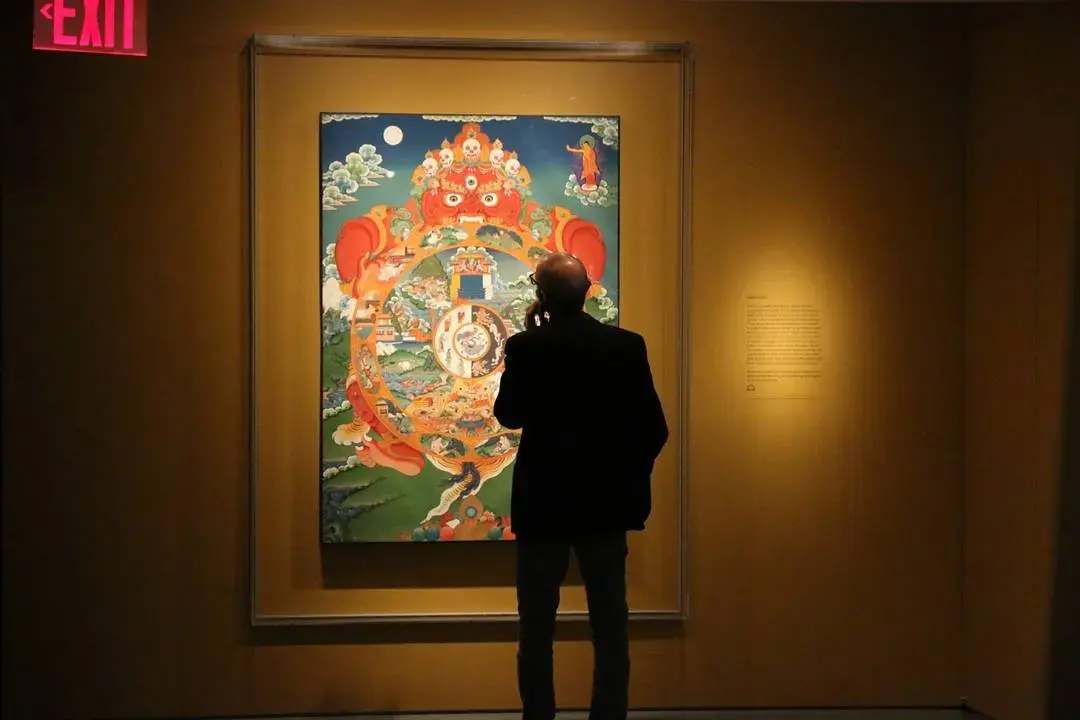
Museum at FIT
The Museum at FIT is a showcase of fashion spanning 250 years of garments from the 18th century to today.
Distance from Hotel: 0.8 miles, 17 min walk
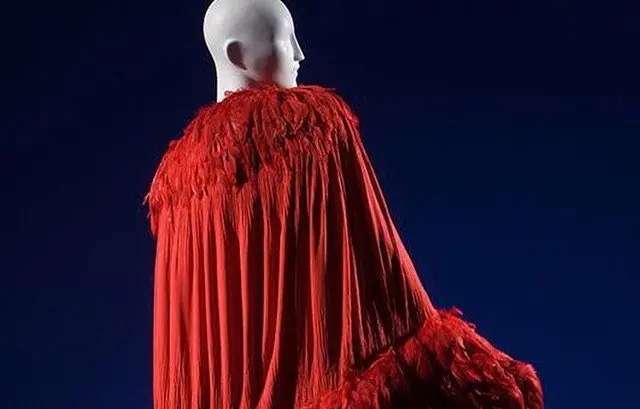
The High Line
A lush, landscaped, one-and-a-half-mile walkway that weaves through Chelsea.
Distance from Hotel: 1.2 miles, 27 min walk
